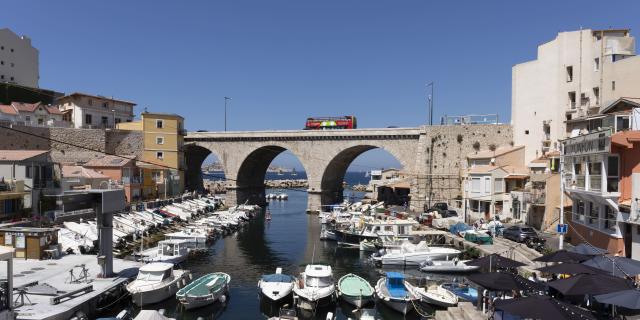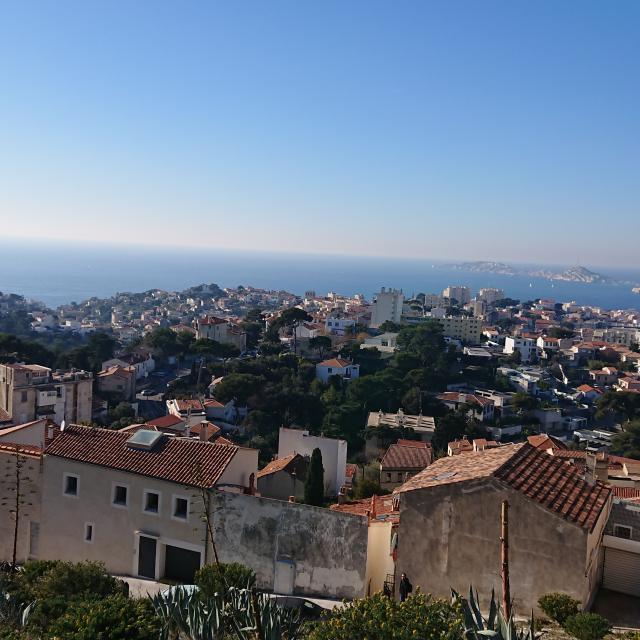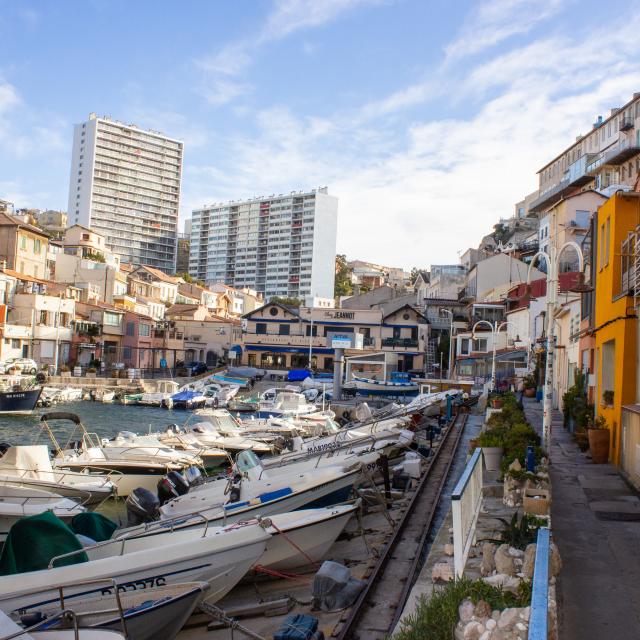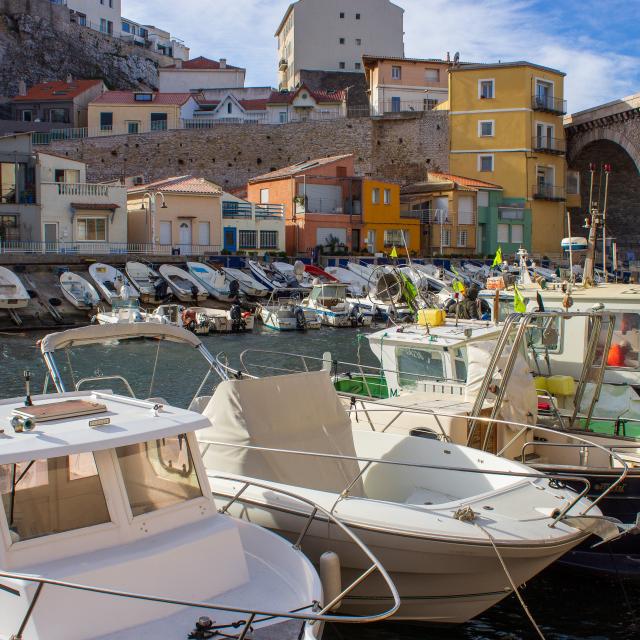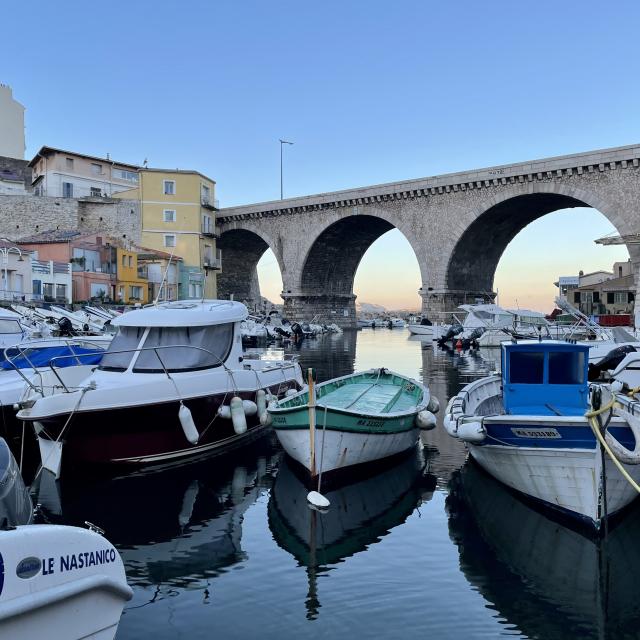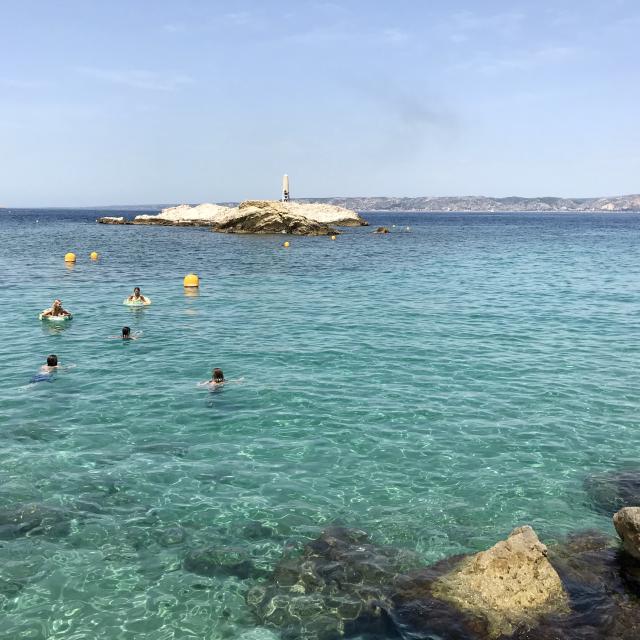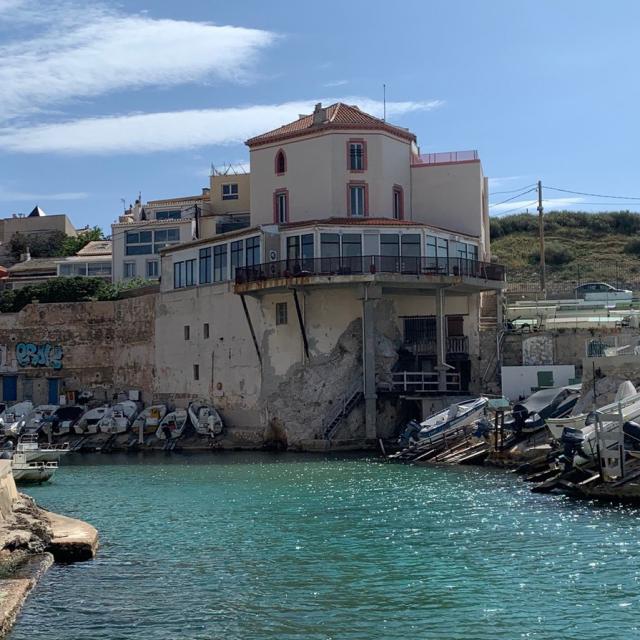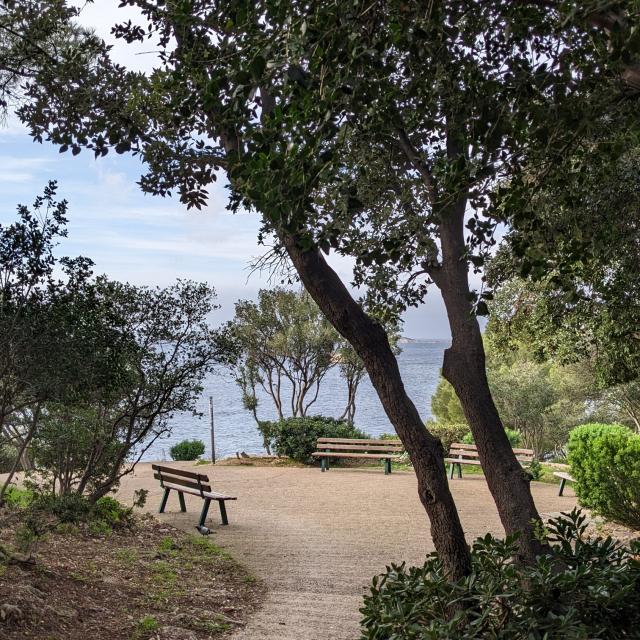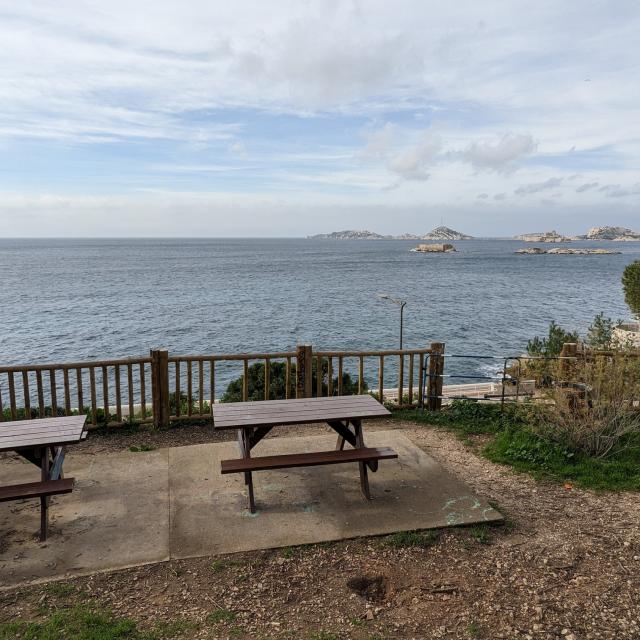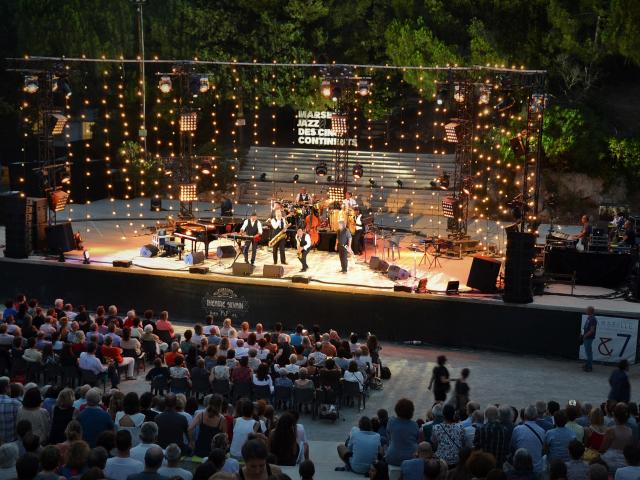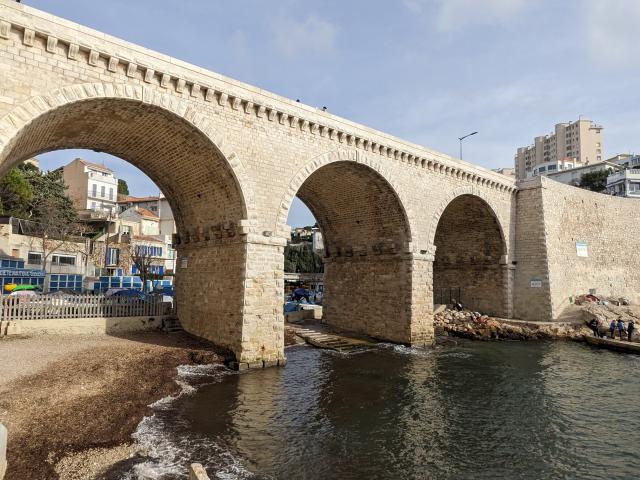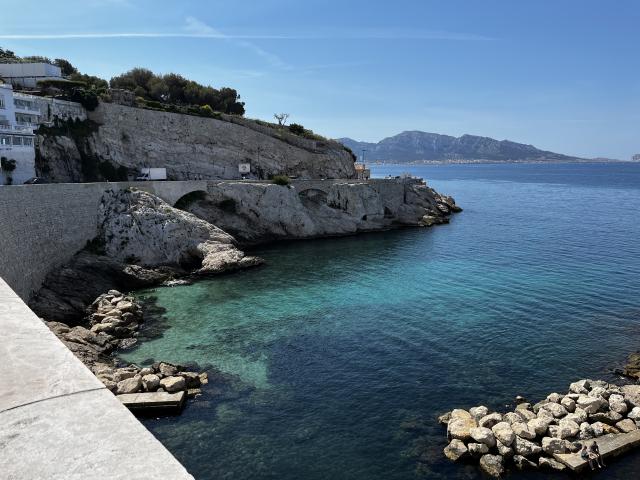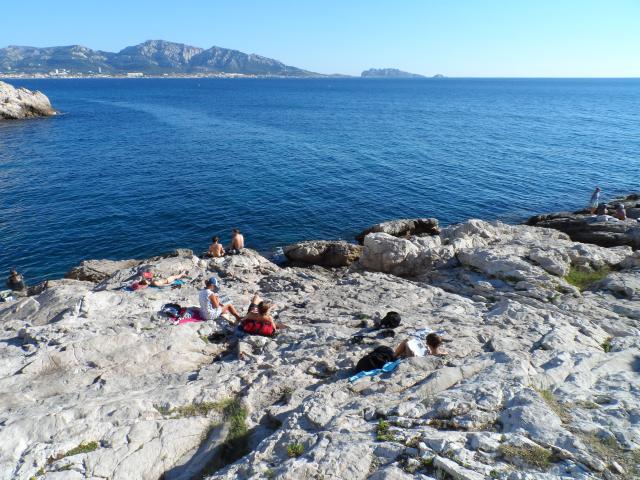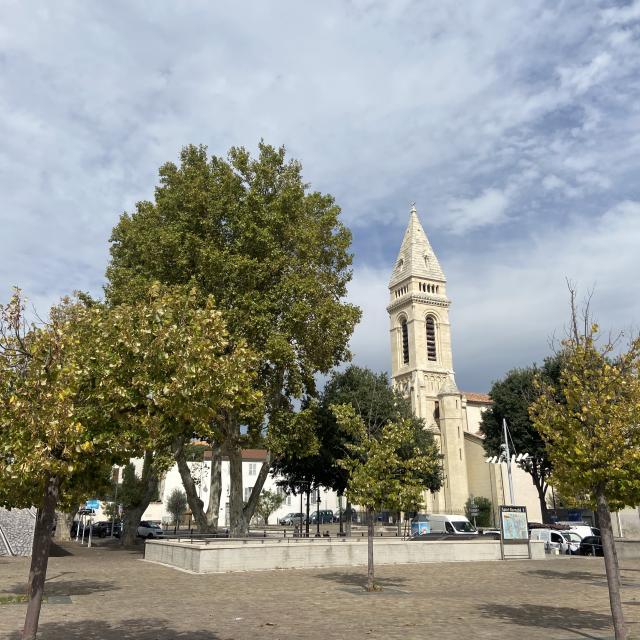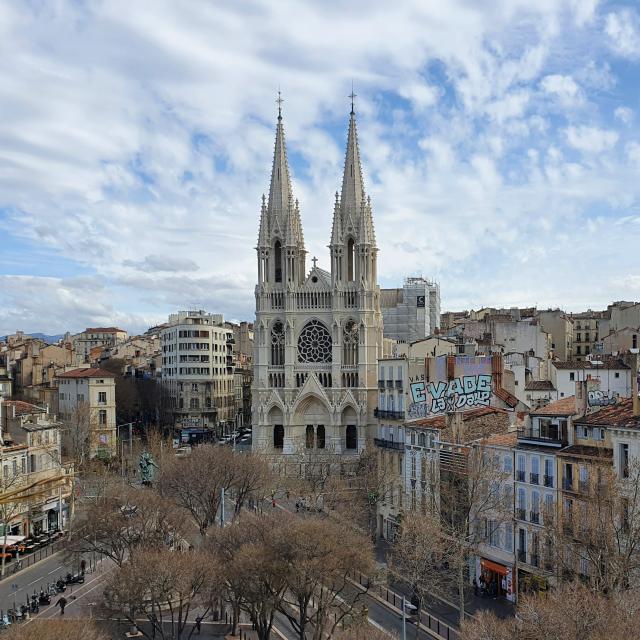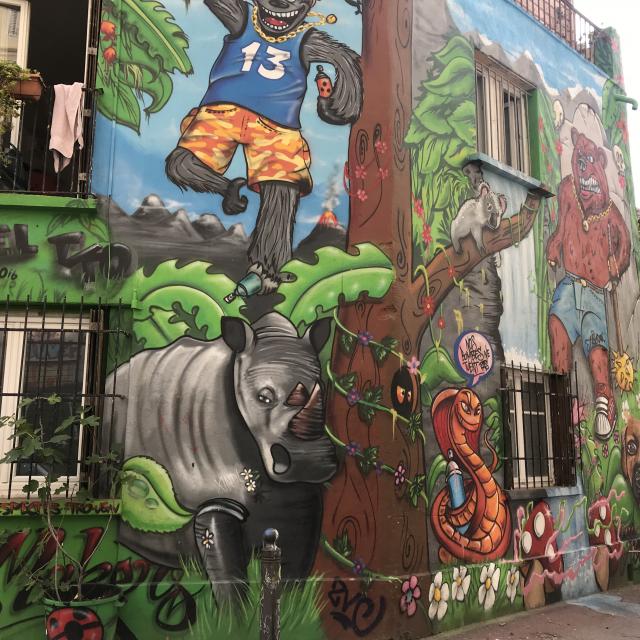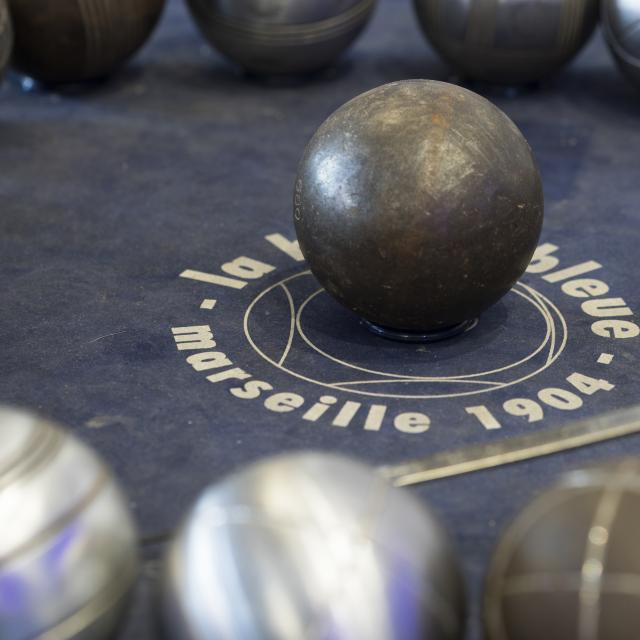An exceptional geographical location
Located in Marseille’s 7th arrondissement, in the Bouches-du-Rhône department, Endoume is a coastal-edge neighborhood to the west of the city. Surrounding it are the Pharo (and Catalans beach), Saint-Lambert and Bompard neighborhoods. Endoume is crossed by two main axes that structure the district: the Corniche Kennedy and the rue d’Endoume. It also includes Malmousque, at the western end, which is sometimes considered a neighborhood in its own right.
Originally, the village of Domezes (Endoume’s former name) was home to customs posts, cabanons (small cottages) and guinguettes (cafés). With the work on the corniche during the 19th century, the neighborhood attracted a more affluent population who built bastides, small Provencal country houses. Today, it features both cabanons and fine residences.
The Endoume district enjoys a sublime setting, close to the sea, notably the small fishing port of the Vallon des Auffes and the l’anse de la Fausse Monnaie. Peaceful without being too sleepy, the neighborhood is often highly sought-after by people wanting a small townhouse or apartment within a residence with views of the hill of La Garde or the bay of Marseille.
